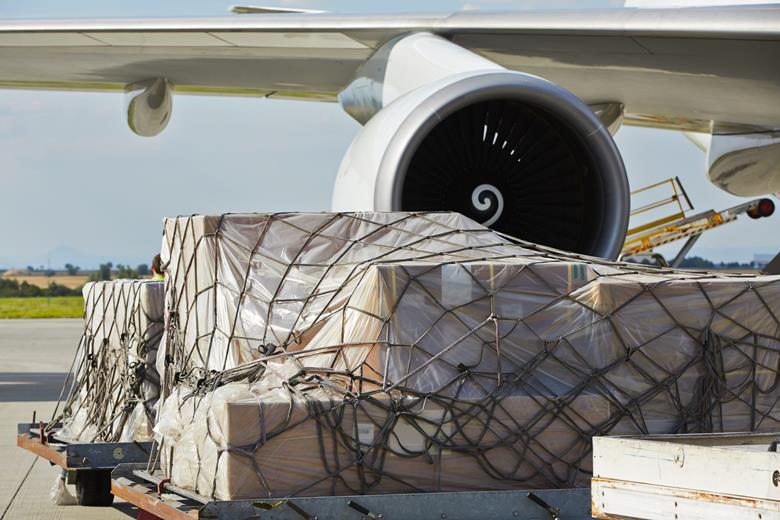
The region’s largest carriers are adding freighter capacity this year. Avianca is taking delivery of two Airbus A330 passenger to freighter (P2F) aircraft, bringing its maindeck line-up to nine aircraft, and LATAM is waiting for the arrival of the final converted Boeing 767 freighter of its order. The modification is completed, but the carrier is awaiting certification of a new fire suppression system from the US FAA. It intends to install the new system on all its freighters, says LATAM Cargo chief executive Andrés Bianchi.
One of Avianca’s A330P2Fs will be deployed with Mexican partner airline Aerounion. Avianca Cargo chief executive Diogo Elias is wary of putting too much capacity into the Latin American market, lest this would dilute yields. Regional yields were strong in the latter half of the year. A big reason for this was the decision of several international carriers to shift freighters from Latin America to routes from China across the Pacific and to Europe. Lufthansa, Air France KLM Martinair Cargo (AFKLMP), Cargolux and Qatar Airways all cut their maindeck presence in the market. However, AFKLMP came close to replacing the lost capacity through a combination of leveraging its passenger network in the region and funnelling traffic through other airlines like GOL to its transatlantic gateways, reports Enrica Calonghi, director South America.
The European carrier has also moved cargo by ship from Peru to Panama to feed its departures to Europe. “It worked, but it required a lot of work behind the scenes,” Calonghi says. Q1 growth sustained Growth in volumes continued in the first quarter. “In the Latin American region, we have observed robust demand in both directions,” reports Lorena Sandoval, sales director for Florida, the Caribbean and Latin America at American Airlines Cargo. The airline has launched a seasonal operation between Rio and Dallas/Fort Worth and expanded its Rio-New York service to daily flights. In December, it plans to add a fourth daily flight to Buenos Aires. Sandoval notes that lately rates have softened, particularly in markets like Sao Paulo’s Guarulhos airport and Buenos Aires, where overcapacity has been reported. E-commerce pouring into Latin America has been a huge driver of volume growth and it continues to stimulate new freighter activity.
A large Chinese logistics operator has mounted twice-weekly flights via Brussels to Lima with a leased 777F, Elias says. Since early April, Avianca has bought most of the space on the eastbound leg of the operation. Most of this traffic consists of flower shipments, which are trucked from Maastricht to Amsterdam, while some traffic is trucked to Madrid and other European destinations. RIOgaleao, which operates Rio de Janeiro’s Tom Jobim International Airport, is also getting a shot in the arm from e-commerce. It signed a contract with a large Chinese e-commerce operator for a dedicated handling operation that unleashed a torrent of parcels, which stood at 80,000 parcels a day in April and is expected to rise to 130,000 in a few months. In April, the operation saw a test flight coming in via Brussels, which could turn into a regular service, says Patrick Fehring, RIOgaleao’s aero business director.
“The Latin American e-commerce boom continues, particularly in key markets such as Brazil, Mexico, Colombia, Chile and Argentina. Growth in e-commerce is strong in fashion, electronics, health and beauty sectors. As online shopping continues to expand, we are seeing an increasing flow of goods, which significantly contributes to our overall cargo volumes,” remarks Sandoval.